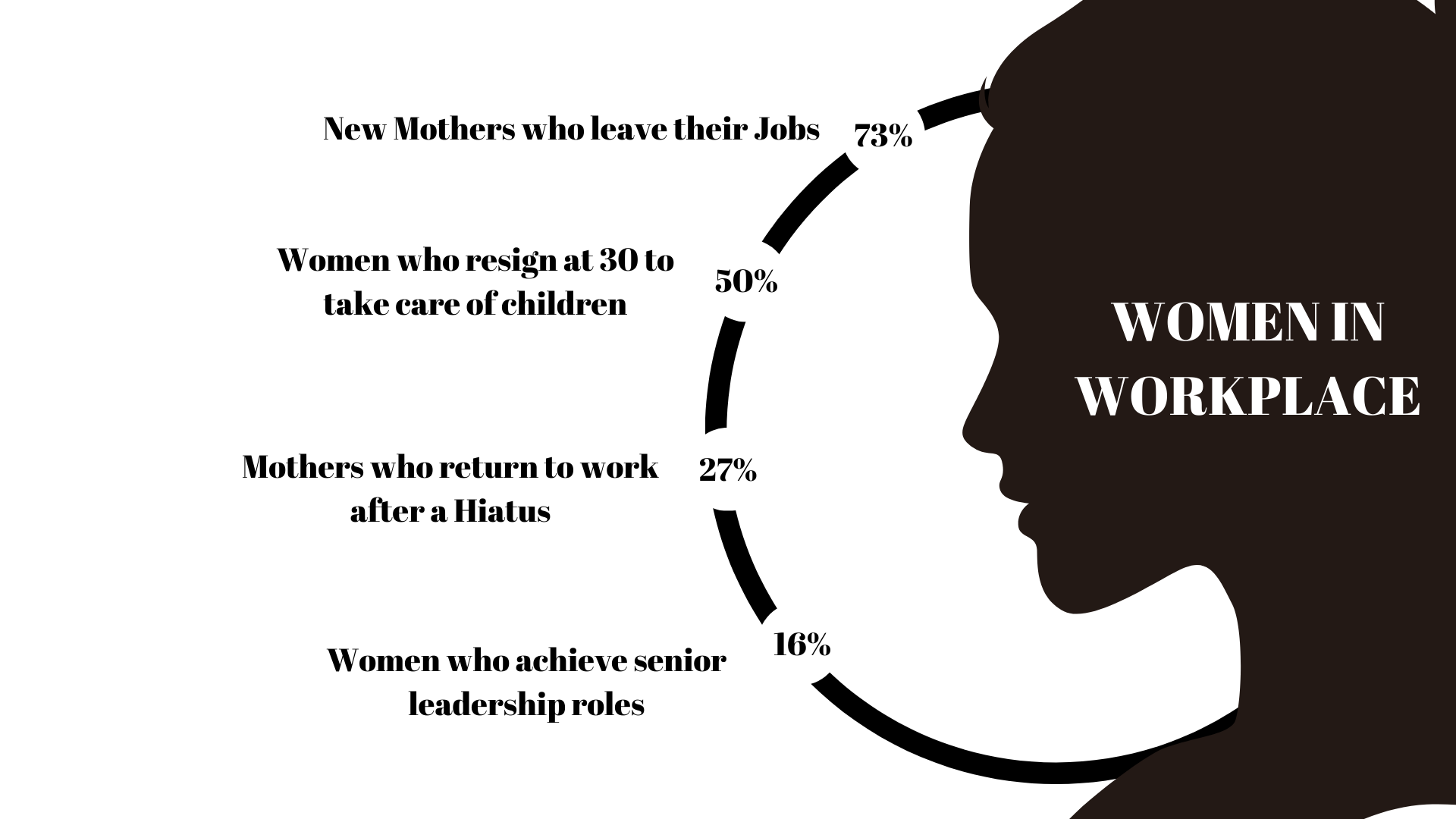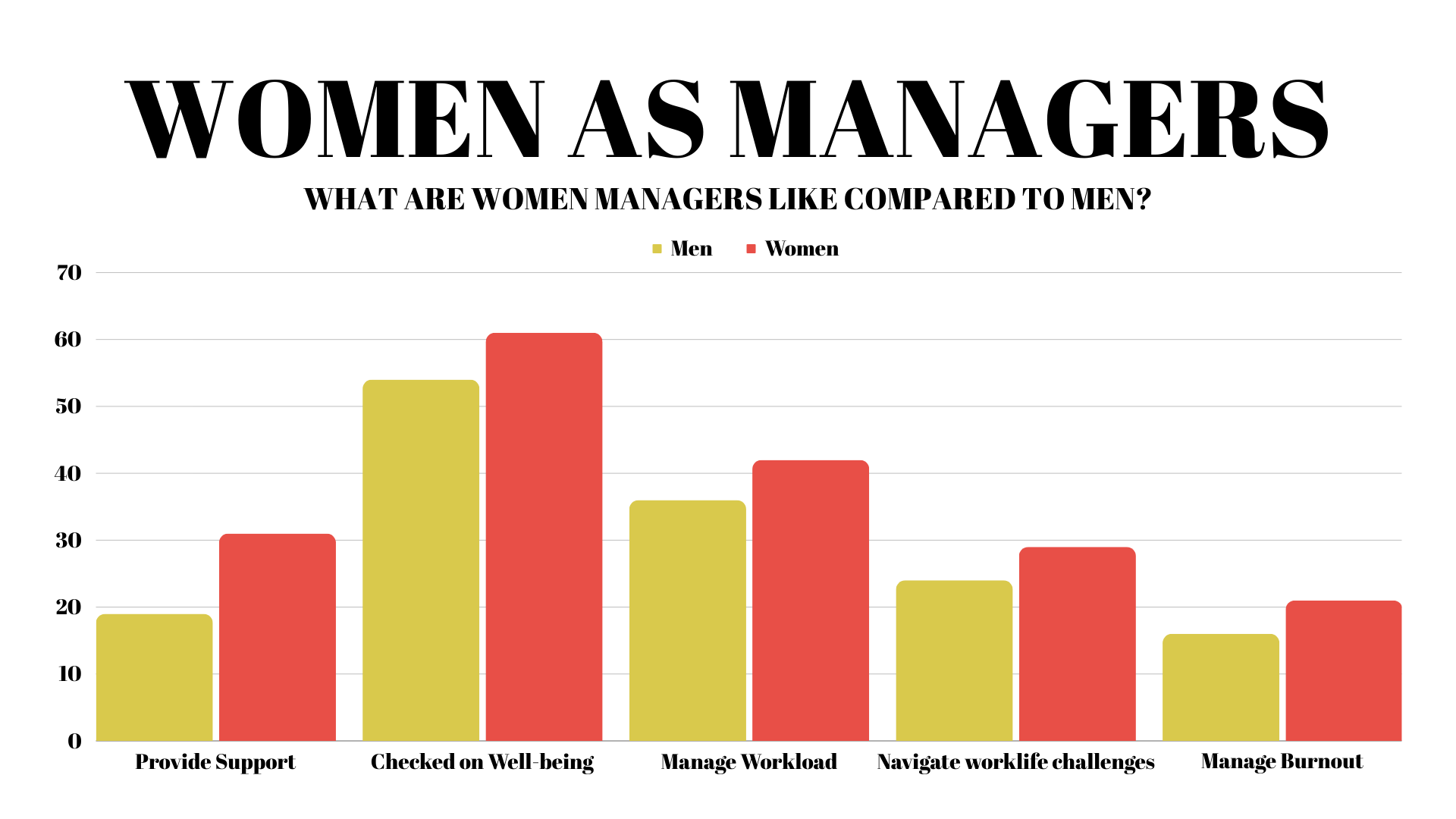Inclusive company cultures are not just a moral imperative; they are a strategic advantage. Diversity fosters innovation, and inclusion ensures that everyone’s voice is heard.
Company culture plays a pivotal role in shaping organizational success by influencing employee behavior, decision-making processes, and overall work atmosphere. Inclusivity within company culture is particularly vital, contributing to employee satisfaction, productivity, and long-term success. This article focuses on the importance of building inclusive environments, especially for women, in today’s dynamic corporate landscape.



